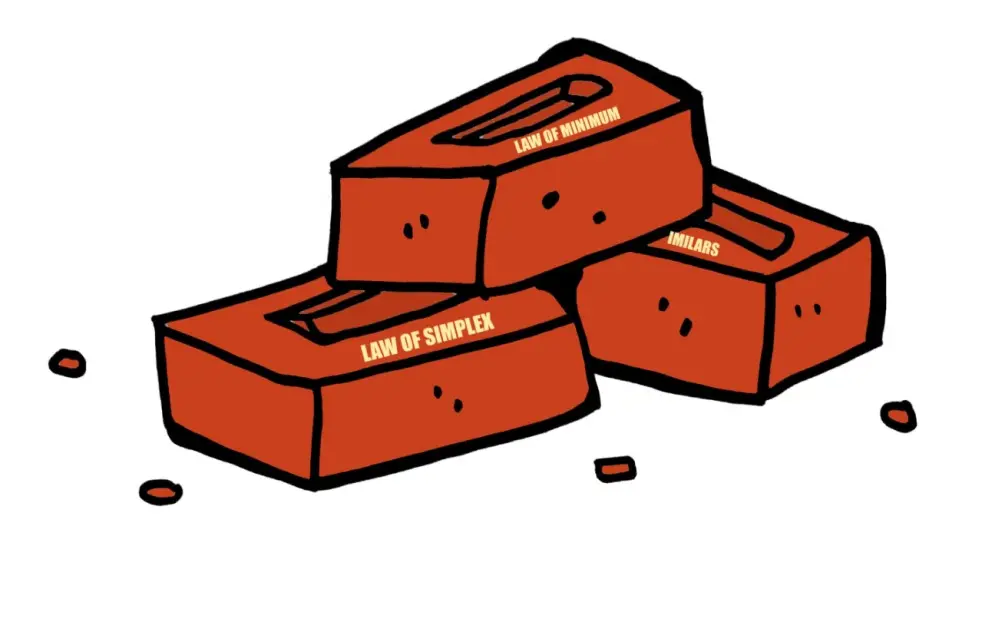
In this post we will be discussing the 8 Fundamental/ Cardinal principles of Homoeopathy.
So let’s get started,
As we all know that every science in the world is governed by certain laws and principles.
Science helps to understand these laws.
“Efficiency in homoeopathy implies an involved native ability, acquired technical proficiency and logical consistency in the application of its principles”.
-STUART CLOSE
Homoeopathic system of medicine is also made up of certain laws, rules and methods based on science and experiments.
There are some solid, Fundamental principles which form the base of homoeopathy.
They are,
- Law of similars
- Law of simplex
- Law of minimum dose
- Doctrine of drug proving
- Doctrine of drug dynamization
- Doctrine of chronic diseases
- Doctrine of vital force
- Doctrine of individualization
Table of Contents
Toggle1. LAW OF SIMILARS
- The Law of Similars is one of the very basic fundamental principle of homoeopathy.
- The word homoeopathy is a derivative of two Greek words “Homoeos” which means “Similar” and “Pathos” means “Suffering”.
HOMOEOPATHY= HOMOEOS (SIMILAR)+ PATHOS (SUFFERING)
So, homoeopathy is the therapeutic application on the basis of symptom similarity.
- In aphorism 26th of Organon of medicine Dr. Hahnemann states,
“A weaker dynamic affection is permanently extinguished in the living organism by the stronger one, if the later (while differing in kind) is very similar to the former in its manifestations”.
- The recognition of the law of similar is of very ancient in origin.
- It’s first recognition is not known, but its application is recorded in Hindu manuscripts.
- Hippocrates identified this law of similar as the only curative law in the universe.
- Aristotle also recognized it.
- Hahnemann made its practical applicability in order to cure the diseases by following the “LAW OF NATURE”.
- The Law of nature is “Similia Similibus Curanter” which means “Like Cures Like”/ “Likes are cured by likes”.
- Nature’s law was not safer in direct application therapeutically.
- This is why Hahnemann made some modifications to make it harmless and applicable therapeutically.
- So, the homoeopathic law of cure is “Similia Similibus Curentur” Which means “Let Likes be Cured by Likes”.
DIFFERENCE BETWEEN CURANTUR AND CURENTUR
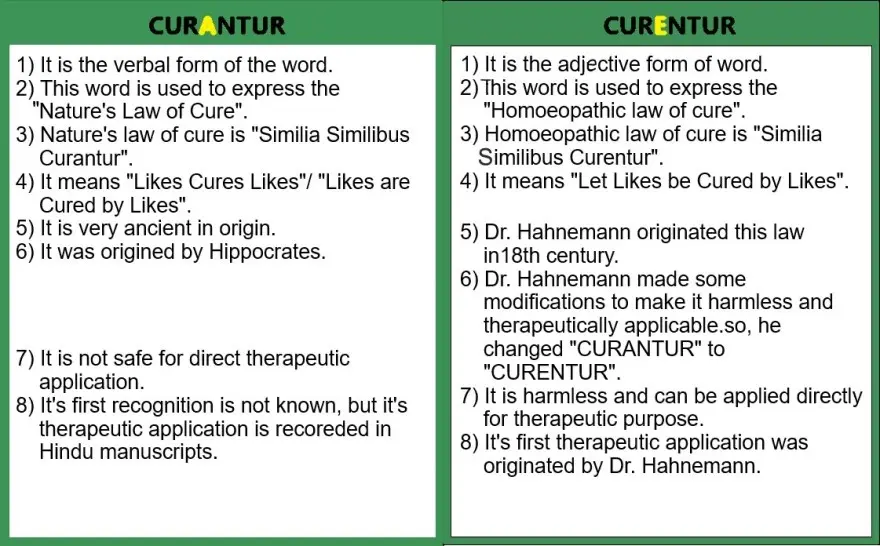
2. LAW OF SIMPLEX
- Hahnemann was disappointed with the administration of the complex mixtures of drug substances in his time because they could not cure the diseases but complicated the condition of the patients.
- In aphorism 247 he writes, “It is wrong to attempt to employ complex means when single means suffice”.
- So, he advocated the “Law of Simplex”.
- The crude drug substance which is available in its nature, is considered as the single drug substance.
- The application of single drug substance at a time is also known as Monopharmacy.
What are the reasons behind the application of Monopharmacy?
Proving of the drug substances done singly
The drug pictures entered in the homoeopathic Materia medica are effect of the single drug substances.
↓
On the other hand, homoeopathic physician compares ‘PATIENT’S PICTURE’ with the ‘DRUG PICTURE’.
↓
Hence, selection of only one medicine at a time is practically possible.
If more than one remedies administered,
- Physician might not be able to decide which medicine has worked well.
- Those medicines may antidote each other.
- Those medicines together can create a new drug substance.
- May worsen the patient’s condition.
Vital force is a single substance
- The vital force which governs the human life is a single substance.
- So, the medicine prescribed in order to correct its disharmony or imbalance should be only single at a time.
3. LAW OF MINIMUM DOSE
- Hahnemann in his initial years of practice used large quantities of medicines.
- But, after many years of his experience taught him that the smallest doses of medicines were more curative than the large doses.
- So, in Homoeopathy the minimum possible dose of the medicine is recommended.
“The minimum dose of the medicine is the one which can bring out the curative reaction in the vital force without disturbing or damaging the body”.
- Knowledge of chemistry teaches us that substances in different doses acts in different ways.
SMALL DOSE STIMULATES
MEDIUM DOSE CAN AGGRAVATE
LARGE DOSE MAY KILL
- In Homoeopathy it is believed that,
“The quantity of the drug substance required is in reverse ratio to the similarity”.
That means- More the similarity between patient and medicinal symptoms, the required quantity of medicine becomes less.
What are the advantages of administering minimum dose?
- We can avoid unwanted damage or aggravation to the patient.
- While drug proving, minute quantities of drug substances makes it possible to stimulate uncommon, peculiar and mental symptoms.
- On other hand, organic damage to the patients can be prevented.
- No possibilities for side effects or drug addiction.
4. DOCTRINE OF DRUG PROVING
- In 18th century the administration of medicines was careless.
- Hahnemann suggested “Only those medicines whose curative effects are known, should be administered to the patients”.
- Likewise, in Homoeopathy only those medicines are prescribed which are proved well.
- Besides, they are proved on healthy human beings of both sexes and of different ages.
- Hahnemann was the first person who proved the drug substances on healthy humans.
Homoeopathic drug proving
“It is the process of administering the drugs to healthy human beings of different ages, different constitutions and both the sexes with the sole purpose of observing, compiling and recording their sick making or sick curing properties”.
Advantages of drug proving on humans
- We can collect the subjective symptoms in human being.
- We can collect subjective symptoms of mind and intellect accurately, Example, Fear, Anxiety, Desires, Aversions, Sensations etc.
- We can record individual and characteristic symptoms produced by the drug substances.
- We can observe and record the individual modalities produced by the drug substance.
- We can also study the qualitative properties of the drug substances like Taste, Smell etc.
- If we prove the drugs on animals, the effects of the same substance may differ from animals to humans due to their basic difference of anatomy and physiology.
In δ 105- 145 of organon of medicine Dr. Hahnemann states certain rules and regulations which should be followed while drug proving.
5. DOCTRINE OF DRUG DYNAMIZATION
After proving of drug substances Dr. Hahnemann began to prescribe those medicinal substances on the sick patients following the law of similar.
↓
In the beginning he used those medicines in their natural (crude) form.
↓
But, some of his patients were being aggravated after the employment of the medicines.
↓
Hahnemann concluded that the dose was too large.
↓
So, he started diluting those drugs on a definite scale.
↓
He observed surprisingly much better results.
↓
Hence, he continued this diluting process until no original medicinal property left.
↓
On the other hand, the inert and latent curative power of drugs were extracted.
↓
This process of dynamization was given the name POTENTISATION.
- In 1833, δ 264-271 of organon of medicine the doctrine of drug dynamization was introduced first time in 5th edition.
- Potentization- It is a process of extracting the curative medicinal properties from the crude drug substances.
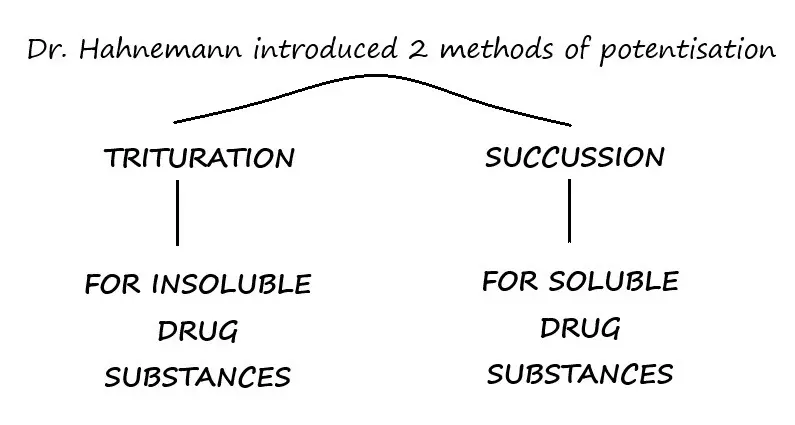
What are the advantages of dynamizing the medicines?
- Risk of medicinal aggravation decreases.
- Potentised medicines act more deeper, longer and curative.
- Some toxic and harmful material in potentised form also acts in curative way without causing any harm to patient.
- As there is reduction in the quantity of the medicine, with the qualitative increase of medicinal power, practical application of “Law of Minimum Dose” becomes possible.
- The potentised medicines are dynamic in nature, they can stimulate the vital force which is also dynamic in nature.
6. DOCTRINE OF CHRONIC DISEASES
During the period of early practicing years, Dr. Hahnemann observed that some of his patients had very bad recurrence of the symptoms intermittently.
So, he investigated the possibilities behind these recurrences.
- The law of similar might not be universally applicable.
- There might be some fault in the application of the law of similar.
- There may be inadequate number of medicines available to cure all the diseases.
- There might be some fault in ascertaining the totality of the symptoms.
- There might be the presence of some unknown obstacles to cure.
Hahnemann with his logical reasoning came to a conclusion that certain obstacles were the reasons for the recurrence of the diseases.
After 12 years of study of chronic diseases, he discovered that they are caused by chronic Miasm.
In 1829, the theory of chronic diseases was first time introduced in the organon of medicine.
We can find the explanation on it in δ 78-81 in “ORGANON OF MEDICINE” and a dedicated book “CHRONIC DISEASES: THEIR PECULIAR NATURE AND HOMOEOPATHIC TREATMENT”.
Miasmis a disease producing agent which is dynamic in nature and inimical to life.
There are threeMiasms PSORA, SYCOSIS and SYPHILIS introduced by Dr. Hahnemann.
Among these three, PSORA is the most fundamental, destructive and oldest one. It is also known as the mother of all the Miasms.
A patient cannot be cured without removal of these Miasmatic block. So, cure is only possible with the Anti- Miasmatic treatment.
7. DOCTRINE OF VITAL FORCE
The first introduction of this doctrine was in the 5th edition of organon of medicine.
Hahnemann discovered that, human life is composed of Mind, Body and Soul. Which are known as the trinity of the life.
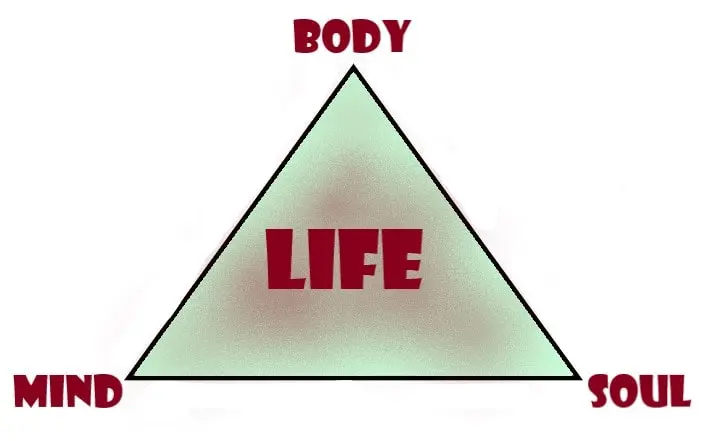
- Organs and body are only the instruments through which lifeforce operates different functions and sensations. This life force is known as “VITAL FORCE”.
- Hahnemann states in δ 10 that, the “Material organism” is animated in Health and in Disease.
IN HEALTH– Vital force governs the life force and maintains all the bodily functions and sensations in harmony.
IN DISEASE– Derangement or disturbance of it results in disagreeable functions and sensations which we call disease.
- Hence, health is the equilibrium state of the vital forceand disease is the dynamic derangement of it.
- So, if we want to restore the health, this disordered state of vital force needs to be brought back to normal.
- This non- materialistic approach to treat the diseases has made homoeopathy a harmless and rational system of healing.
- The doctrine of vital force and the doctrine of chronic diseases has made homoeopathy a holistic system of medicine.
8. DOCTRINE OF INDIVIDUALIZATION
The word individualization is a Greek derivative of “Individuous” which means “Not divisible”.
- It is the process in which one person is differentiated from another by some particular features.
- Dr. Hahnemann was the first who used this concept for the treatment of the diseases.
According to him, no two persons are alike, be in health or disease.
↓
Different persons have different constitutions, living environment, social condition, economical status, age group, climatic conditions, genetic background, food and living habits, susceptibility etc.
↓
Likewise, character of reaction against a particular stimulus varies from person to person.
↓
Dr. Hahnemann observed that, even two similar persons suffering from the same disease conditions shows difference in modalities.
↓
Every individual person owns some unique features which are different from other individual belonging to the same class or group.
- Hahnemann asked this individualistic approach in treating the patients which is one of the bases of the homoeopathic system of medicine.
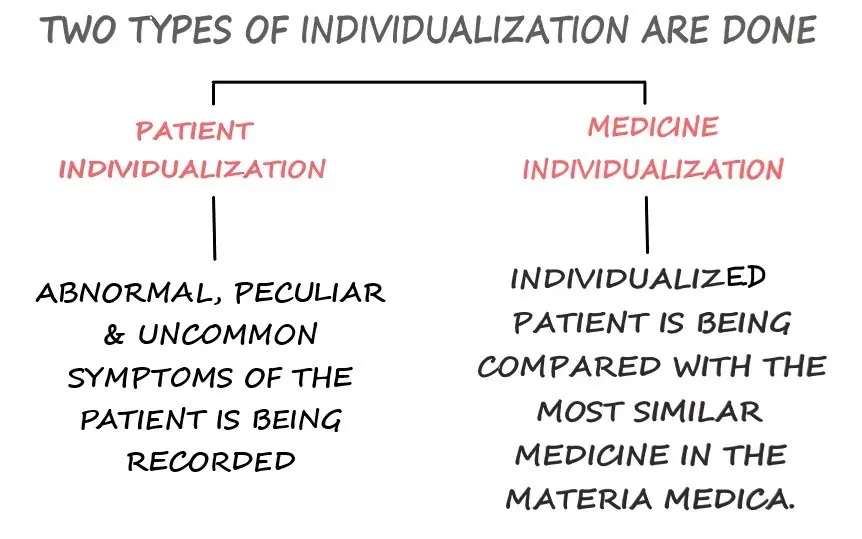
Meaning of difficult words
- Efficiency: The ability to accomplish something with the least waste of time and effort.
- Native ability: Innate or natural talent or skill.
- Proficiency: Skillfulness, competence, or expertise in a particular field or activity.
- Logical consistency: Coherence or harmony in reasoning or argumentation.
- Therapeutic: Relating to the treatment of diseases or disorders.
- Derivative: Something that is derived or obtained from another source.
- Aphorism: A concise statement of a principle or truth, often expressed in a pithy or witty manner.
- Manifestations: Observable or perceptible signs or indications.
- Curative: Having the ability to cure or heal.
- Ancient: Belonging to a period long in the past; very old.
- Practical applicability: The extent to which something can be put into practical use or application.
- Harmless: Not causing harm or damage; safe.
- Monopharmacy: The practice of using a single drug substance at a time in medical treatment.
- Crude: In its natural or unrefined state.
- Modalities: Characteristics or particular ways in which something happens or is experienced.
- Dynamization: The process of making a substance more dynamic or potent.
- Potentisation: The act or process of increasing the potency or strength of a substance, especially a homeopathic remedy.
- Inert: Lacking the ability or strength to move; inactive.
- Latent: Existing but not yet developed or manifested; hidden or concealed.
- Obstacles: Things that hinder or impede progress or success.
- Recurrence: The reappearance or return of a particular phenomenon, symptom, or condition.
- Miasm: A disease-producing agent, especially one that is considered to be the cause of chronic diseases in homeopathy.
- Holistic: Characterized by the treatment of the whole person, taking into account mental and social factors, rather than just the symptoms of a disease.
- Equilibrium: A state of balance or stability, especially in physiological or psychological conditions.
- Derangement: The disturbance or disordering of normal functions or arrangements.
- Rational: Based on or in accordance with reason or logic.
- Constitutions: The physical or bodily makeup of a person, including their overall health, strength, and vitality.
- Susceptibility: The state or condition of being easily influenced, affected, or harmed by something.
- Modalities: Particular circumstances or conditions that affect the course or outcome of a disease or treatment.

Very good 👍🏻👍🏻👍🏻
I wanted to get a little bit of understanding about homeopathy. This article is really good and easy for a lay person to assimilate. How can I get a copy? It would only be for my personal use (I want to use my highlighter on it to remember some things). I am not a professional. I am retired and being treated by a homeopathic doctor.
Happy to hear from you.. there is no copy available for articles uploaded on the website. Still you can make notes of the things you want to remember. Or website is accessible all the time for all readers.